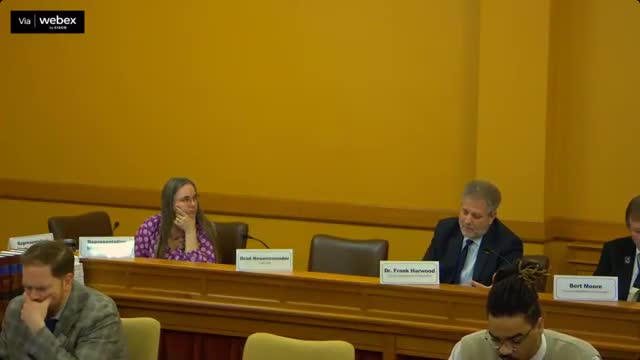Iowa weighs student enrollment metrics for special education and language programs
March 31, 2025 | Special Education and Related Services Funding Task Force, Task Forces, Committees, Legislative, Kansas
Thanks to Scribe from Workplace AI , all articles about Kansas are free for you to enjoy throughout 2025!

This article was created by AI using a video recording of the meeting. It summarizes the key points discussed, but for full details and context, please refer to the video of the full meeting. Link to Full Meeting
As the meeting unfolded, participants examined how the budget enrollment figures are adjusted to include students receiving Education Savings Account (ESA) payments. This adjustment raises questions about the accuracy of student counts and the implications for funding distribution. Task Force members expressed a desire for more transparency in how these numbers are derived, highlighting the importance of understanding the underlying data that drives financial decisions.
A significant portion of the dialogue centered on the weighting system used for special education students. In Iowa, for instance, students requiring varying levels of support are assigned different weightings based on their needs. Those in regular classrooms with special adaptations receive a weighting of 1.8, while students needing full-time special education are assigned a weighting of 2.2. The most severe cases, involving multiple disabilities, receive a weighting of 4.2. This system aims to ensure that schools receive adequate funding to support diverse learning needs, but it also raises questions about how effectively these weightings translate into real-world support for students.
The Task Force also discussed funding for English learners, who are categorized based on their proficiency levels. Intensive learners, who struggle significantly with English, receive an additional weighting of 0.26, while intermediate learners receive 0.21. This funding is crucial for providing the necessary resources to help these students succeed in an English-speaking environment.
Moreover, the meeting touched on funding for at-risk programs and alternative schools, which are essential for supporting students who may be on the verge of dropping out. The funding model includes weightings for students eligible for free or reduced-price meals, reflecting a commitment to addressing the needs of vulnerable populations.
As the meeting concluded, the Task Force members recognized the importance of these discussions in shaping the future of education funding in Kansas. The complexities of the funding formulas and the weightings assigned to various student categories underscore the ongoing challenge of ensuring equitable access to quality education for all students. The insights gained from this meeting will likely influence future policy decisions, as the Task Force continues to advocate for a funding system that meets the diverse needs of Kansas students.
Converted from Education Funding Task Force 03/31/2025 meeting on March 31, 2025
Link to Full Meeting
Comments
View full meeting
This article is based on a recent meeting—watch the full video and explore the complete transcript for deeper insights into the discussion.
View full meeting
